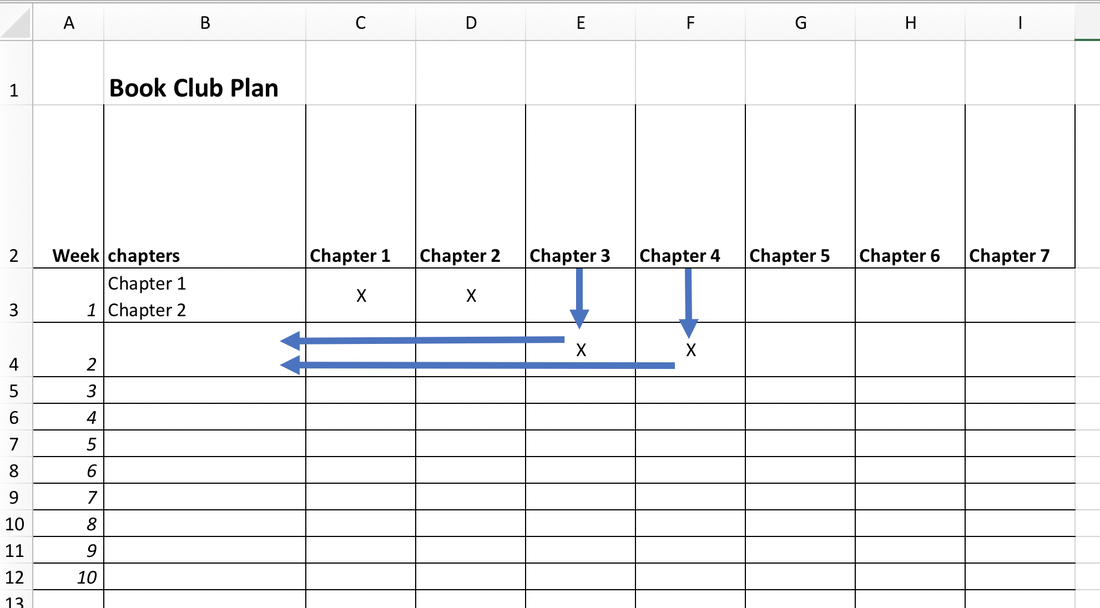Chuck Rittersdorf
New Member
- Joined
- May 14, 2018
- Messages
- 7
What is the best way to do the following:
If one (or more cells) within a range on a matrix is marked (e.g. with "X"), show the value of the header in that column in the cell of the corresponding row left in the matrix (column B in my example).
If more than one cell (on a row) is marked, the values should be shown separated by a line break (on Mac and PC, I've heard there are issues).
Here is an image to explain what I mean:

I've tried an IF-function, but it does not accept ranges. I've considered Lookup, but my Excel-skills are too limited to use it... I'm working on a matrix with lots of rows and columns, so I need something copyable and hence time saving.
Please advice and thanks for your help.
If one (or more cells) within a range on a matrix is marked (e.g. with "X"), show the value of the header in that column in the cell of the corresponding row left in the matrix (column B in my example).
If more than one cell (on a row) is marked, the values should be shown separated by a line break (on Mac and PC, I've heard there are issues).
Here is an image to explain what I mean:

I've tried an IF-function, but it does not accept ranges. I've considered Lookup, but my Excel-skills are too limited to use it... I'm working on a matrix with lots of rows and columns, so I need something copyable and hence time saving.
Please advice and thanks for your help.





